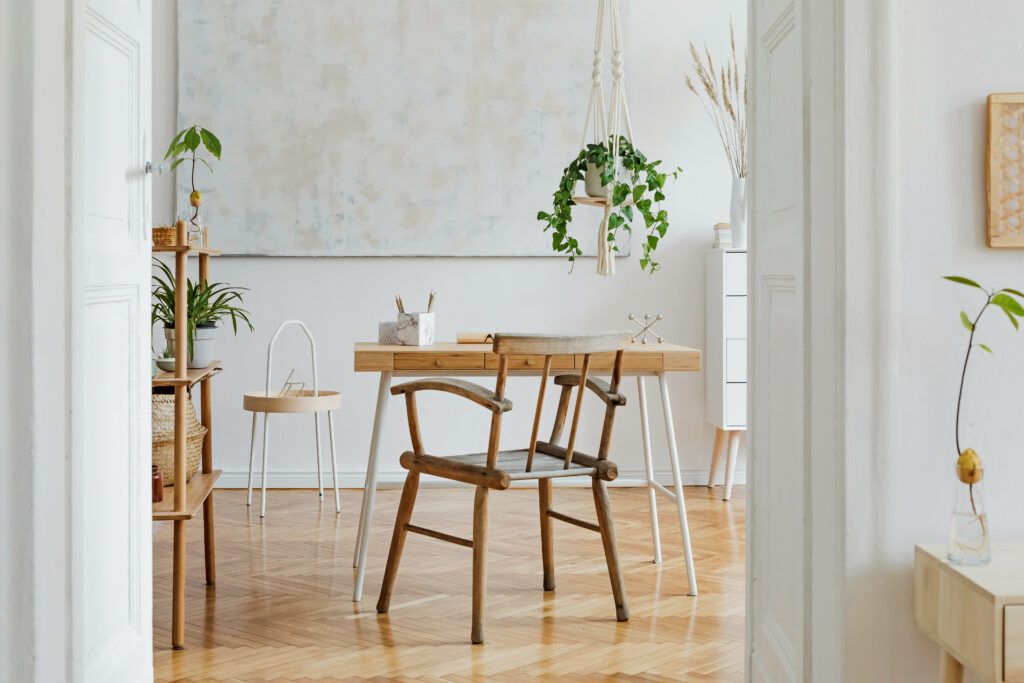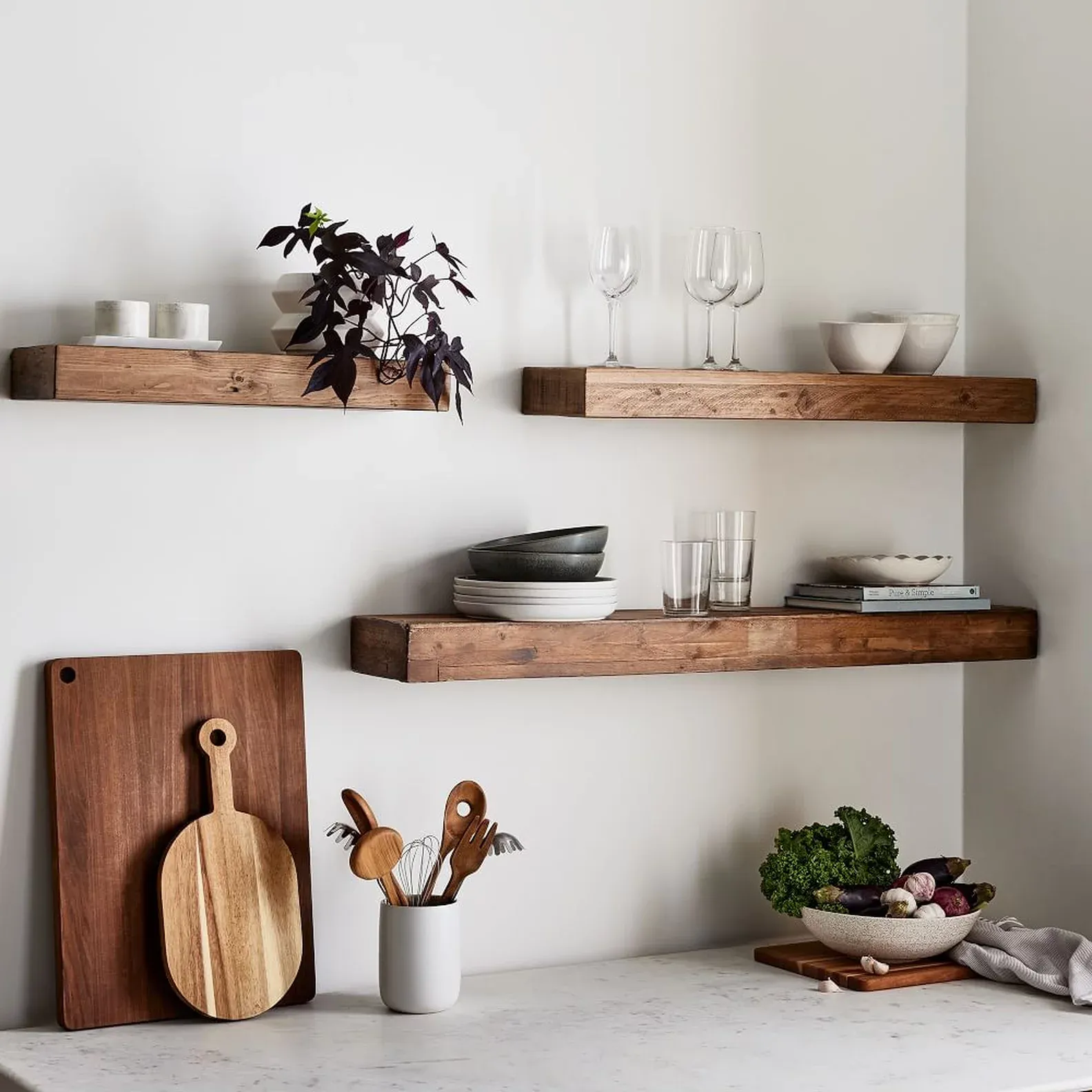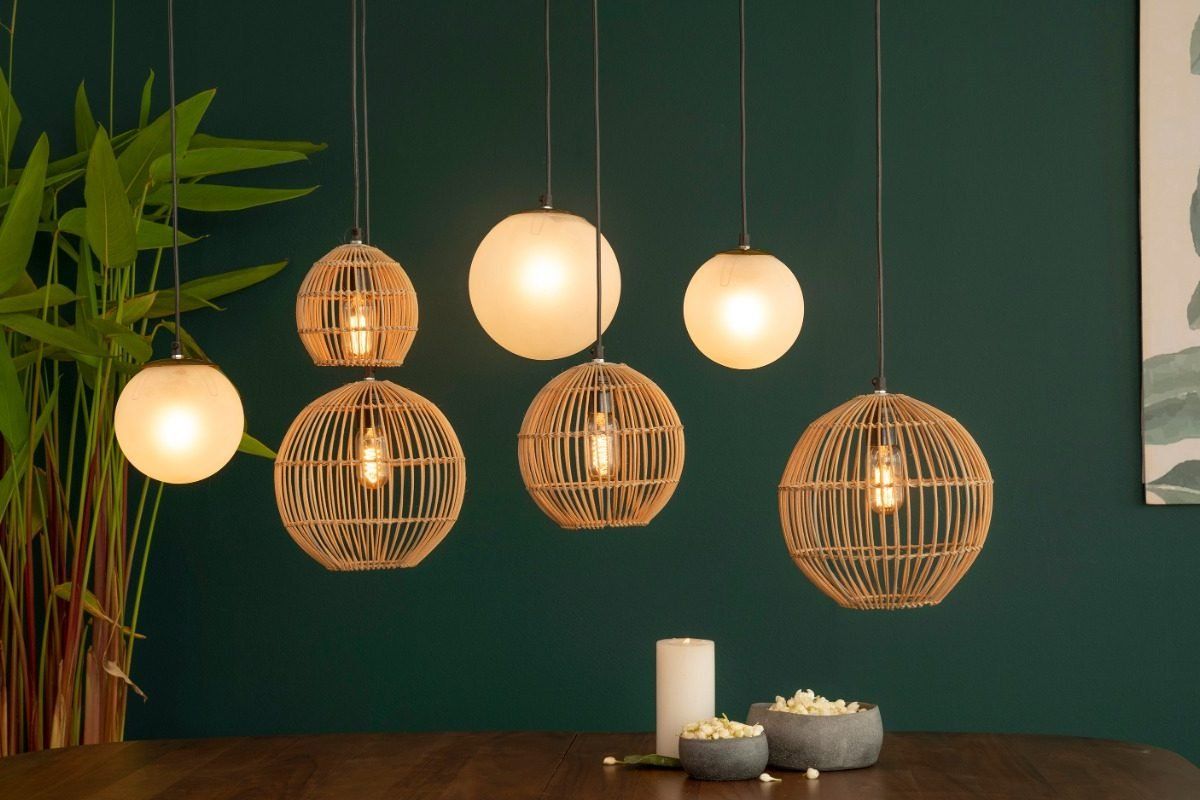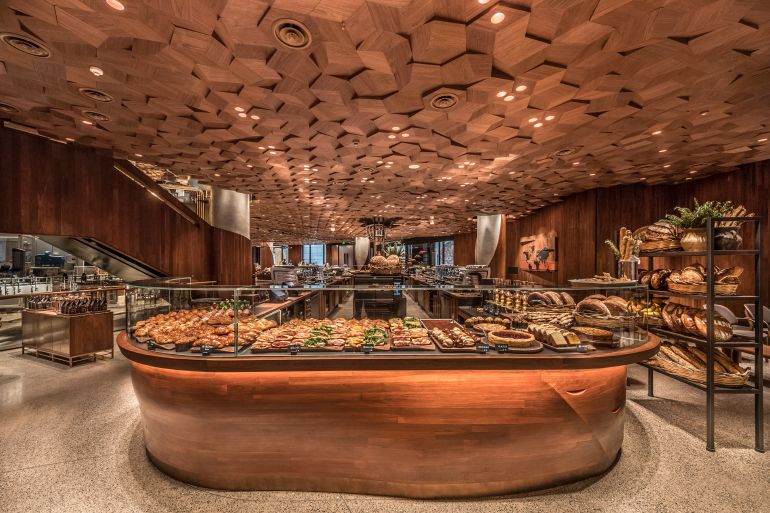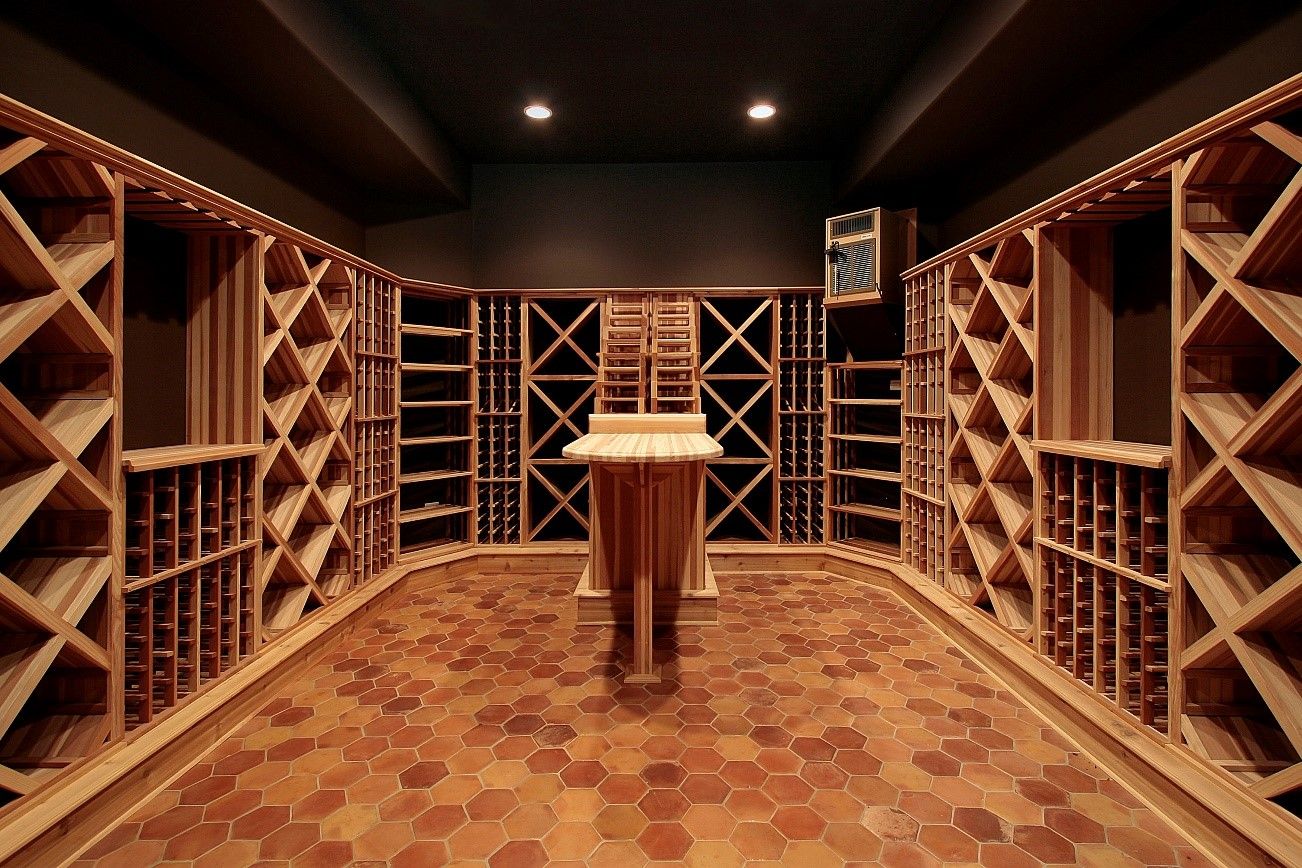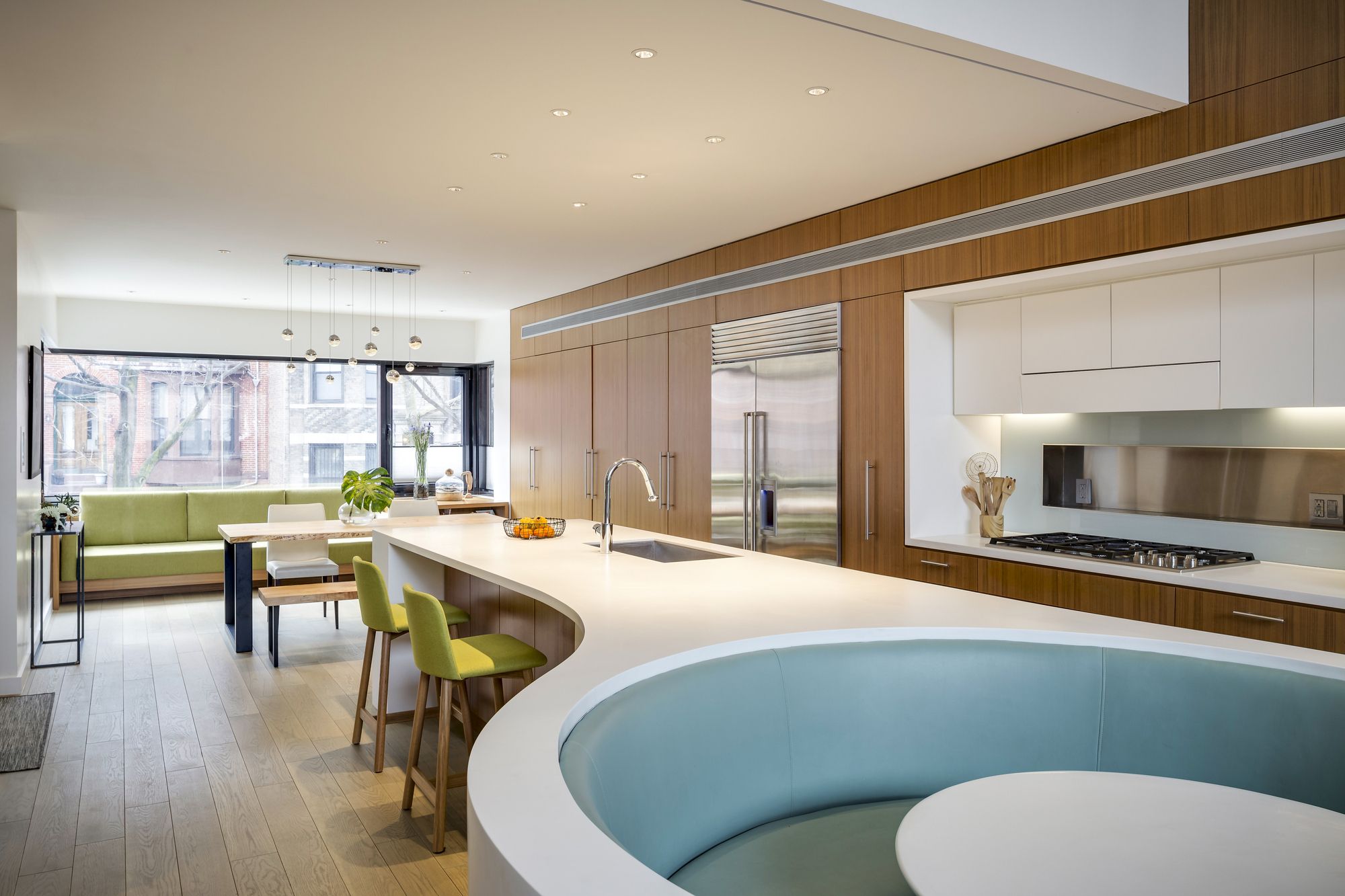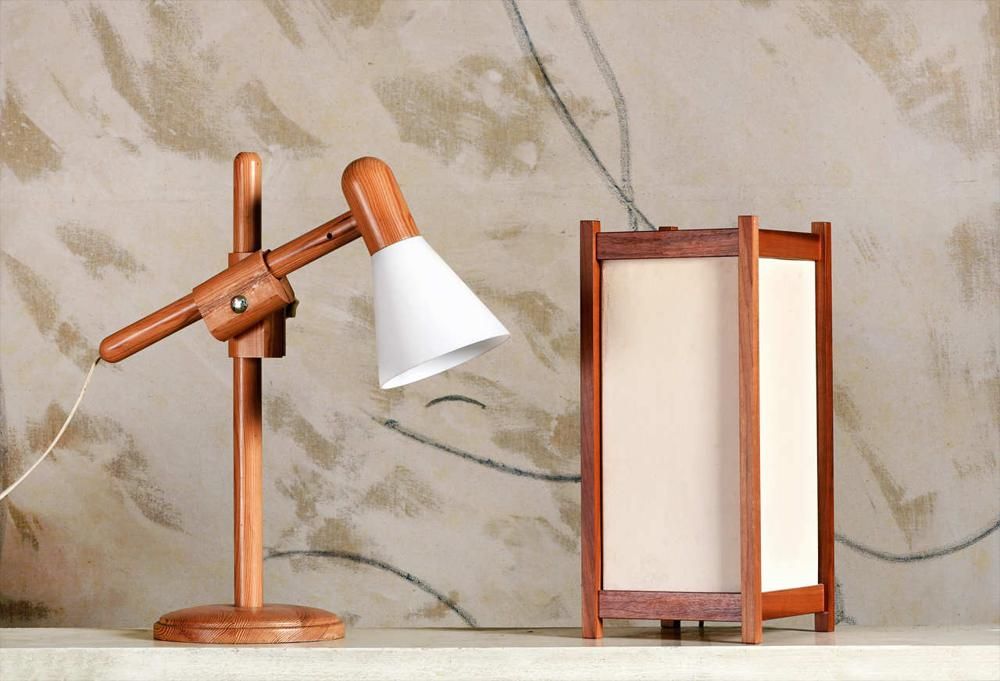As environmental awareness grows, sustainable design is emerging as a prominent trend in furniture and interior spaces, reflecting a conscious effort to minimize the environmental footprint of our living spaces. Incorporating sustainable design into homes involves diverse approaches, ranging from opting for eco-friendly materials to integrating energy-efficient appliances. This article explores various innovative approaches to infuse sustainability into residential interior spaces.
1) The Importance of Sustainable Design in Furniture and Interiors
Sustainable design trends in furniture and interiors for eco-conscious living are becoming increasingly popular as people become more aware of the environmental impact of their choices. The following are compelling reasons highlighting its significance:
- Health and Well-being: The focus on sustainable design contributes to improved indoor air quality, steering clear of toxic materials, and enhancing ventilation. This emphasis on health-friendly practices directly impacts the well-being of occupants.
- Environmental Preservation: While conventional interior design relies on non-renewable resources and potentially harmful chemicals, sustainable design takes a different approach. It prioritizes materials and practices that actively minimize environmental degradation and contribute to conservation efforts.
- Long-term Savings: Although sustainable materials may come with a higher upfront cost, their long-term benefits often outweigh this initial investment. Their durability and energy efficiency contribute to cost-effectiveness over time.
- Ethical Considerations: In the current era, ethical considerations play a crucial role in decision-making. Sustainable design embraces ethical principles by prioritizing workers’ welfare in production and adhering to fair labor practices.
© FollowTheFlow
© 2ragon
© New Africa
2) Sustainable Design Trends in Interior Design
Choosing eco-friendly materials is one of the most important things you can do to make your home more sustainable. Many different sustainable materials are available, such as bamboo, cork, and recycled glass. These materials are not only good for the environment, but they can also add a touch of style to your home.
1- Upcycling and Repurposing
While recycling is a familiar concept, upcycling stands out as a lesser-known but valuable practice in sustainable design. Upcycling, also known as creative reuse, entails the transformation of waste materials or discarded products into new materials or products of higher quality or enhanced environmental value. Beyond its environmental benefits, upcycling contributes to a culture of creativity and innovation, imparting a unique and rustic aesthetic to repurposed items, thereby adding character and charm to interior spaces. Here are some illustrative examples of upcycling and repurposing.
Read more: 10 Projects That Incorporate Recycled and Recyclable Materials in Creative Ways
- Use old furniture as shelving or storage: A beat-up dresser can be transformed into a bookshelf or an old coffee table can be used to store magazines and books.
- Turn old doors into headboards or tables: A salvaged door can be used to create a dramatic headboard for your bed or turn it into a unique coffee table.
- Use old windows as mirrors or art: Old windows can create beautiful mirrors or add a touch of whimsy to your walls.
- Upcycle old clothes into pillows or curtains: A favorite shirt can be turned into a pillow, or an old pair of jeans can be used to make curtains.
- Repurpose old tools into home décor: An old hammer can be used to create a unique coat rack or an old saw can be used to make a statement piece for your wall.
© FollowTheFlow
© Patrick Schneider
© West Elm
2- Natural and Sustainable Materials
Embracing natural and sustainable materials has become a prominent trend in sustainable design, capturing the attention of environmentally conscious homeowners. Materials such as bamboo, cork, hemp, etc., known for their eco-friendly attributes, contribute to sustainability and enhance interiors’ aesthetic appeal. Renowned for being renewable, biodegradable, and non-toxic, these materials serve as an excellent choice for those seeking to minimize their carbon footprint. In sustainable design, a preference for natural and sustainable materials is rooted in their biodegradability, non-toxic composition, and low environmental impact. Here are some illustrative examples of Sustainable Materials
1. Bamboo
Bamboo emerges as a standout choice in sustainable design due to its remarkable renewable properties. As one of the fastest-growing plants globally, bamboo boasts strength and durability comparable to hardwood, making it an excellent material for various applications such as flooring, furniture, and even structural elements in home construction. Beyond its structural merits, bamboo naturally fends off pests and fungi, eliminating the necessity for toxic chemical treatments. This multifaceted sustainability extends to its versatile use in decorative items, ranging from picture frames and lampshades to bowls and decorative screens.
Read more: How to Bend Bamboo?
© FAME+
© Architect and Interiors India
© Joana França
2. Cork
Cork stands out as an exceptionally sustainable material sourced from the bark of the cork oak tree without causing harm to the tree itself. Impressively, these trees can continue to yield cork for more than 200 years. The versatility of cork extends to its applications in flooring, wall coverings, and furniture, making it a highly eco-friendly choice for various interior design elements. Cork flooring offers a comfortable and warm underfoot experience, making it an ideal choice for bedrooms or playrooms. Additionally, its versatility extends to practical applications like pinboards in home offices or children’s rooms. In spaces like bathrooms and kitchens, cork can be sealed to enhance its durability, making it both waterproof and resilient.
© Architectural Digest
© Aldo C. Gracia
© Corkboard Bobvila
3. Wood
Wood, as a material, captures carbon dioxide from the atmosphere and stores it within its mass. The environmental benefits of wood extend beyond its inherent properties; using wood in construction often means using less concrete and steel, both of which have higher carbon footprints. Furthermore, incorporating wood into interior spaces can positively impact mindfulness and overall well-being. Optimal sustainability practices involve sourcing wood from responsibly managed forests and energy-efficient manufacturers. Prioritizing reclaimed wood is a commendable approach to enhancing wood’s carbon sequestration and minimizing its footprint.
© Starbucks
© Design Decontruct
© Pics721
3- Energy Efficiency
The adoption of energy-efficient lighting, particularly LED lights, is gaining prominence in sustainable design. LED lights not only consume less energy but also have a longer lifespan compared to traditional incandescent bulbs. Additionally, the versatility of LED lights allows for the creation of various moods and atmospheres in a room, as they come in a spectrum of colors. This trend aligns with the broader commitment to reducing energy consumption and promoting eco-friendly practices within interior spaces. Smart home systems can also help optimize energy consumption.
© RES4
© Amazing HomeZ
© RES4
4- Natural And Non-Toxic Finishes
Choosing natural paints and finishes with low volatile organic compound (VOC) levels is a key aspect of sustainable design. Unlike traditional paints that often release harmful chemicals into the air, these eco-friendly alternatives contribute to maintaining excellent indoor air quality. This conscious choice aligns with the broader movement toward creating healthier and environmentally responsible living spaces.
5- Biophilic Design
Biophilic design, a rising trend in Sustainable design in interior design, seamlessly integrates interior spaces with the natural world. This design approach creates a serene and welcoming atmosphere by incorporating elements such as indoor plants and natural materials and maximizing natural light. It enhances aesthetic appeal and promotes a connection to nature, contributing to a healthier and more sustainable living environment.
6- Sustainable Fabrics
Choose upholstery, curtains, and linens made from sustainable materials such as organic cotton, hemp, or recycled fibers when decorating your space. Not only do these fabrics contribute to a healthier environment, but they also boast increased durability.
- Organic Cotton or Hemp Curtains: Opt for stylish curtains made from organic cotton or hemp, which not only enhance the aesthetics of your space but are also produced without harmful pesticides. Hemp, in particular, stands out for its sustainability, requiring less water to grow compared to traditional cotton.
7- Minimalism
Adopting a minimalist design minimizes the need for excessive furniture and decorations, allowing you to curate a functional and visually pleasing space while significantly reducing waste.
Read more: 14 Sustainable Houses You Would Love to Live in
8- Save Water with Fixtures
Making small changes in your home can lead to significant positive impacts. For instance, switching to water-efficient shower heads and faucets can reduce water consumption by up to 70%, offering both an eco-friendly choice and potential savings on monthly water bills. This highlights that sustainable interior design updates can be both environmentally conscious and cost-effective.
9- Eco-friendly Wallpapers
Eco-friendly wallpapers offer a sustainable choice for interior decor, crafted from recycled materials or sustainably sourced paper. Some variants are printed with water-based, non-toxic inks. With a diverse range of designs available, these wallpapers provide an opportunity to enhance your home’s aesthetic while making an environmentally conscious choice.
10- Certified Products
When sourcing materials or products, prioritize those with reputable certifications such as LEED (Leadership in Energy and Environmental Design) or Cradle to Cradle. These certifications serve as guarantees that the items adhere to stringent sustainability standards.
3) Conclusion
Sustainable design in interior design is a constantly evolving field that adapts to our growing awareness of environmental issues. Incorporating eco-friendly trends and implementing practical tips allows you to design interiors that are not only visually appealing but also eco-conscious and conducive to a healthier environment for you and your family. Keep in mind that even small choices in your interior design project can play a part in building a more sustainable and responsible future.
Read more: 10 Sustainable Design Online Courses Available for Free
© Housing
© Spacejoy
© Yuliya Yesina
© Freepik
© RES4
©Onurdongel/E+/GettyImages
© FollowTheFlow
© FAME+
© Ana Santl
© New Africa
© Amazing HomeZ
© Mary Wadsworth
© Decorilla
© Corkboard Bobvila
© Architectural Digest
© New Africa
© Starbucks
© Pics721
© RES4
© Runna10
© Decorilla
© Joana França
© West Elm
© Architect and Interiors India
© Patrick Schneider
© Freepik
© FollowTheFlow
© Treehugger
© 2ragon
© Aldo C. Gracia
© Design Decontruct
© LEED








